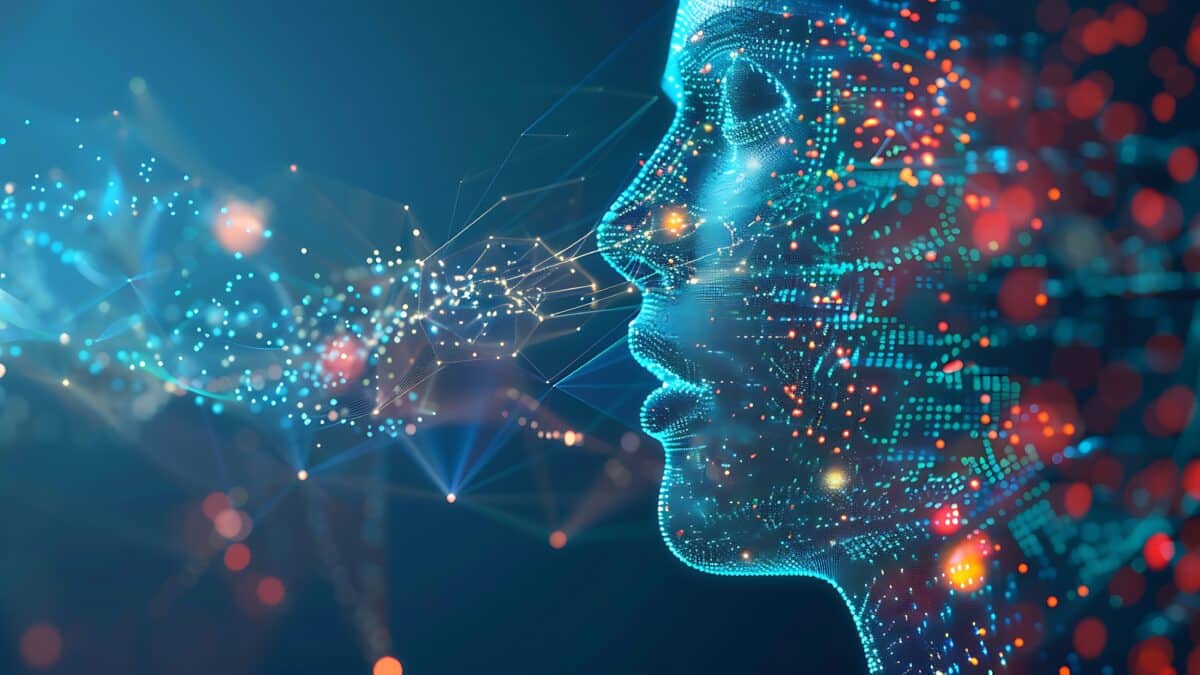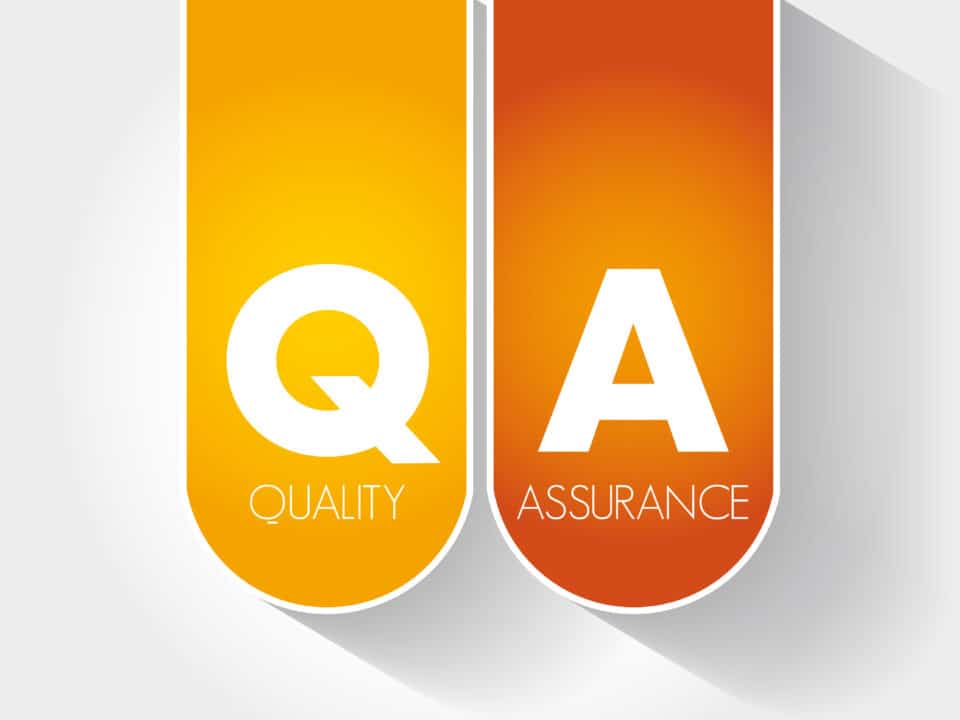
Ambient Scribing Is the Future of Transcription
July 30, 2024
Building Bonds in the Digital Age: Physicians and Virtual Medical Scribes
September 30, 2024How Automated Transcription is Transforming Industries
In today’s fast-paced world, the demand for accurate, efficient, and cost-effective transcription services is at an all-time high. As industries evolve and digital transformation continues to reshape our work, automated transcription has emerged as a game-changer. By harnessing artificial intelligence (AI) and machine learning, automated transcription is revolutionizing the traditional transcription landscape, offering unparalleled benefits across various sectors.
Understanding Automated Transcription
Automated transcription is the process of converting spoken language into written text using AI and machine learning algorithms. Unlike manual transcription, which relies on human transcribers to listen and type out speech, automated transcription uses advanced technologies such as speech recognition and natural language processing (NLP) to perform this task swiftly and accurately.
Key Components of Automated Transcription:
- Speech Recognition: Converts audio signals into text by recognizing spoken words.
- Natural Language Processing (NLP): Analyzes and interprets human language to ensure contextually accurate transcriptions.
- Machine Learning: Continuously improves transcription accuracy by learning from data and user feedback.
Benefits of Automated Transcription
Time Efficiency
Automated transcription significantly reduces the time required to transcribe audio files. What once took hours or even days can now be accomplished in minutes. This speed is particularly beneficial for industries where time-sensitive documentation is crucial.
Cost-Effectiveness
Automated transcription lowers operational costs by lessening the need for human transcribers. Organizations can better allocate resources and focus on core activities, increasing productivity and profitability.
Accuracy
While early iterations of automated transcription technology faced challenges with accuracy, advancements in AI and machine learning have led to substantial improvements. Modern automated transcription systems can achieve high levels of accuracy, making them reliable for various applications.
Accessibility
Automated transcription enhances accessibility by providing captions and transcripts for audio and video content. This is particularly important for people with hearing impairments and non-native speakers, ensuring that information is accessible to a broader audience.
Integration
The best automated transcription systems can integrate with other technologies and platforms. Whether it’s syncing with video editing software, incorporating virtual meeting tools, or connecting with content management systems, the flexibility of automated transcription makes it a versatile solution.
Applications of Automated Transcription in Different Industries
Healthcare
In the healthcare industry, accurate and timely documentation is critical. Automated transcription aids in maintaining comprehensive electronic health records (EHR), streamlining clinical documentation, and improving patient care. Medical professionals can focus more on patient interactions while automated systems handle the transcription of consultations, diagnoses, and treatment plans.
Legal
The legal field generates vast documentation, from court proceedings to depositions. Automated transcription helps legal professionals manage this workload efficiently. By quickly transcribing audio recordings, legal teams can reduce backlogs, improve case management, and ensure that critical information gets accurately documented.
Media and Entertainment
Content creation in the media and entertainment sector involves extensive audio and video transcription. Automated transcription facilitates the creation of subtitles and captions, enhancing the viewing experience for audiences. It also streamlines the editing process, allowing creators to focus on producing high-quality content.
Education
Educational institutions benefit from automated transcription by providing accurate transcripts of lectures, seminars, and discussions. This not only aids students in their studies but also improves accessibility for those with disabilities. Additionally, automated transcription supports remote learning by ensuring that online content is accessible and searchable.
Corporate
In the corporate world, meetings, conferences, and interviews generate significant audio data. Automated transcription enables organizations to document these interactions accurately, enhancing communication and record-keeping. It also supports compliance and regulatory mandates by ensuring all spoken information is transcribed correctly and archived.
Challenges and Limitations of Automated Transcription
Despite its numerous advantages, automated transcription has challenges. Understanding these limitations is essential for optimizing its use.
Accuracy Issues
While automated transcription systems have made significant strides in accuracy, they sometimes still struggle with accents, dialects, and languages they are not trained on. Ensuring high accuracy requires continuous improvement and adaptation to diverse linguistic nuances.
Background Noise
Audio quality plays a crucial role in transcription accuracy. Background noise, overlapping speech, and poor audio recordings can impact transcription quality. Utilizing high-quality recording equipment and environments can mitigate these issues.
Context Understanding
Automated systems may have difficulty interpreting nuanced conversations, sarcasm, or context-specific language. Human oversight is often necessary to ensure that transcriptions are contextually accurate and make sense in the given scenario.
Privacy Concerns
Handling sensitive information requires strict adherence to data security and privacy standards. Organizations must ensure their automated transcription service provider complies with relevant regulations to protect confidential information.
The Future of Automated Transcription
The future of automated transcription looks promising, with continuous advancements in AI and machine learning making way for even greater accuracy and efficiency. Here are some trends to watch:
Advances in AI and Machine Learning
As AI and machine learning technologies evolve, automated transcription systems will become more sophisticated. Improved algorithms and larger datasets will enhance speech recognition capabilities, leading to more accurate and reliable transcriptions.
Integration with Emerging Technologies
Automated transcription will increasingly integrate with other emerging technologies, like voice assistants and the Internet of Things (IoT). This integration will create new opportunities for automation and streamline workflows across various applications.
Customization and Adaptability
Future automated transcription solutions will offer greater customization and adaptability to meet industry-specific needs. From specialized medical terminology to legal jargon, these systems will cater to the unique requirements of different sectors.
Potential for New Applications
The potential applications of automated transcription are vast. New use cases will emerge as technology evolves, ranging from real-time translation services to enhanced customer support systems.
Choosing the Right Automated Transcription Service
Selecting the best automated transcription service is crucial for maximizing the benefits of this technology. Consider the following factors when making your choice:
Accuracy
Look for services that provide high accuracy, ideally above 99%. Check customer references and testimonials to assess the service’s reliability.
Speed
Consider the turnaround time for transcriptions. Faster services can significantly improve productivity, especially for time-sensitive tasks.
Cost
Evaluate the pricing structure of different services. Ensure the cost aligns with your budget and provides good value for the features.
Security
Data security is paramount, especially when dealing with sensitive information. Choose a service provider that prioritizes stringent security protocols and complies with relevant regulations.
Human Oversight
While automated systems are highly efficient, human oversight ensures that transcriptions are contextually accurate. Look for services that can offer a combination of automated transcription and human editing.
Concluding Thoughts
Automated transcription is revolutionizing how we document and manage information across various industries. From healthcare and legal to media and education, the benefits of automated transcription are undeniable. As AI and machine learning technologies continue to advance, the future of automated transcription holds even greater promise. By embracing this technology, organizations can improve efficiency, reduce costs, and accurately document critical information.
Get Started With Athreon’s AxiScribe AI Today
Ready to experience the benefits of automated transcription? Try Athreon’s AxiScribe AI for secure, accurate, and dependable transcription. Contact us to learn more, and sign up for a free trial today. Let us help you transform the way you document and manage information.





